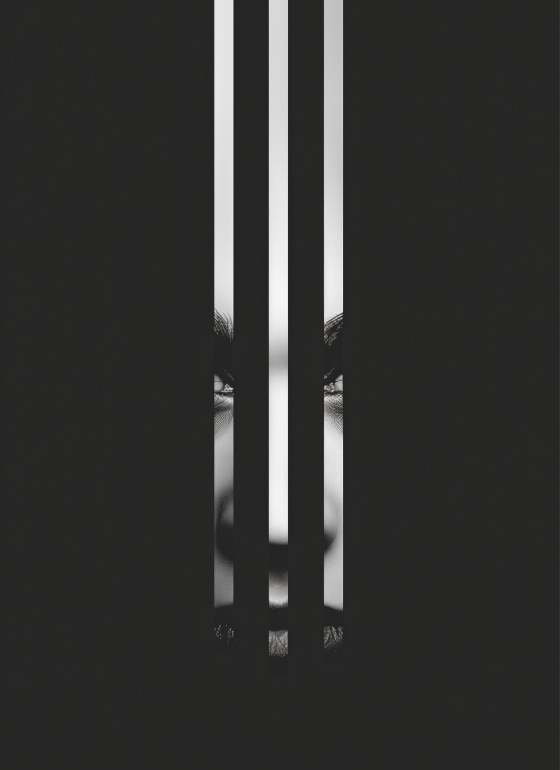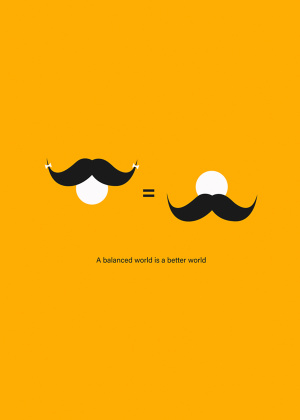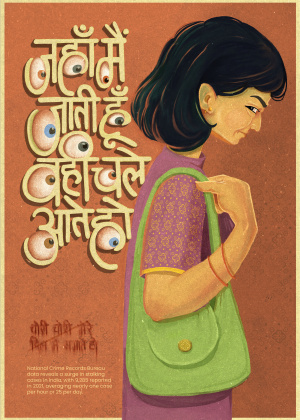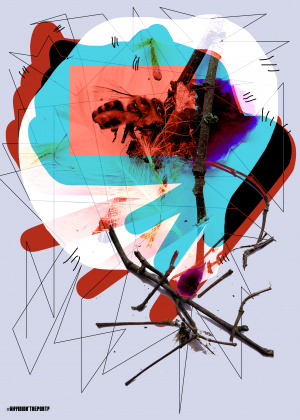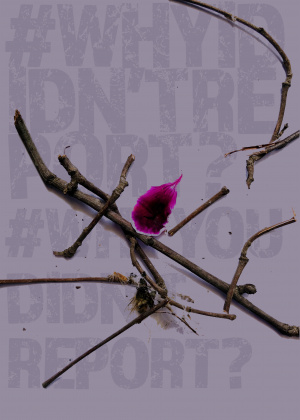"Unseen Cage" is a bold and minimalist design that powerfully symbolizes the invisible constraints that trap and silence women. The poster features a pair of intense, fearful eyes peering out from behind narrow, vertical bars. The bars are formed by negative space, creating an illusion that suggests a cage, yet the bars are not physically present. This design emphasizes how the constraints placed on women by society, culture, or individuals are often unseen, yet they are no less confining.
The stark contrast between the dark background and the sharp, narrow slits through which the eyes are visible creates a sense of isolation and entrapment. The eyes, filled with emotion, are the only part of the face that can be seen, suggesting that the rest of the identity is hidden or suppressed by these unseen forces. The minimalism of the design makes the message all the more striking, as it invites the viewer to consider the profound impact of the constraints that are not always visible.
This poster serves as a visual metaphor for the psychological, emotional, and societal bars that keep women trapped in cycles of violence, control, and oppression. "Unseen Cage" calls on the viewer to recognize and challenge these invisible barriers, which are often overlooked yet deeply damaging. It is a reminder that true freedom requires more than breaking visible chains; it requires acknowledging and dismantling the unseen structures that confine individuals. The simplicity and power of the design make it a compelling statement on the nature of invisible oppression.
This poster belong to
Stop killing women
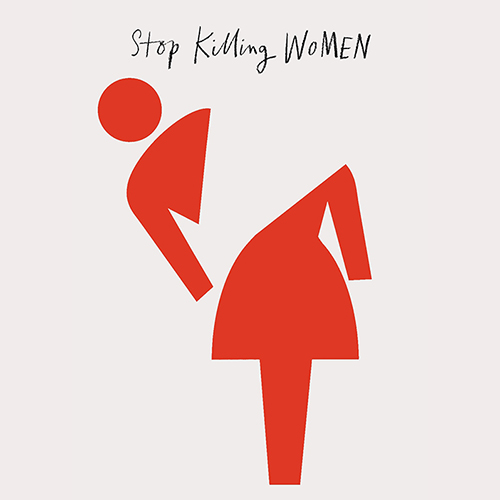
According to UN Women, 2022 was the year in which the most women were intentionally murdered to date: nearly 89,000. Of these ‘Around 48,800 women and girls worldwide were killed by their intimate partners or other family members (including fathers, mothers, uncles and brothers). This means that, on average, more than 133 women or girls are killed every day by someone in their own family.’
If it’s not bad enough that femicide is increasing, the real statistic is probably much higher: ‘for roughly four in ten intentional murders of women and girls, there is not enough information to identify them as gender-related killings because of national variation in criminal justice recording and investigation practices’.
This must change. So this year, we want to ask your help in drawing attention to all forms of violence against women: for the world to stop killing women.
Readmore

